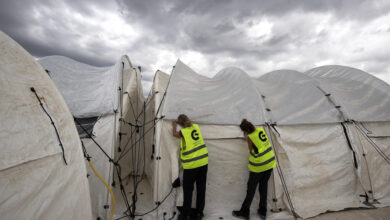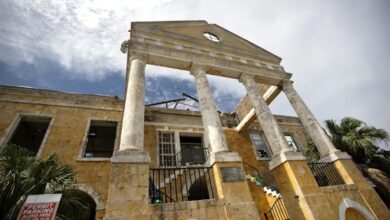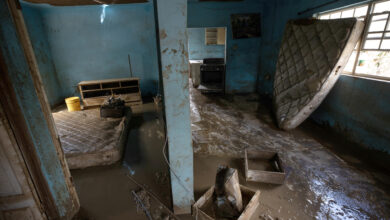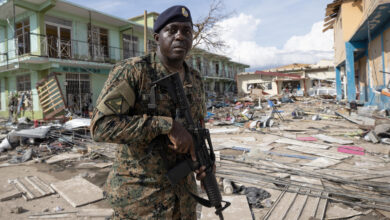Montego Bay Fights the Clock: Jamaica’s Tourism Hub Rebuilds After Hurricane Melissa
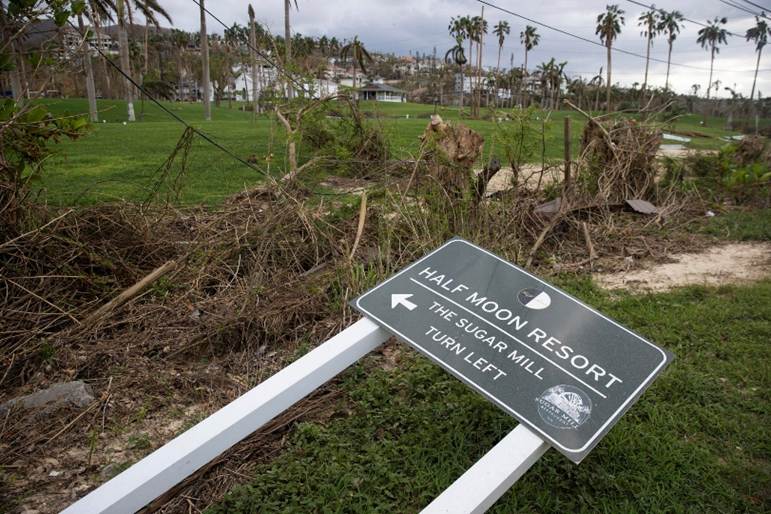
A month before peak season, Montego Bay is still digging out from Hurricane Melissa. Tourism officials aim for a December 15 rebound, but hotels, neighborhoods, and even the airport lack power, suggesting recovery will stretch well past optimism.
Montego Bay’s Cleanup Clock Beats Against Peak Season
In the heat and grit of Montego Bay, a single excavator claws at a hill of debris, swinging arcs of twisted rebar, palm branches, shattered tiles, and mangled roofing into waiting trucks. The pile comes from just one of the dozens of hotels gutted when Hurricane Melissa, a Category 5 monster, strafed Jamaica’s north coast before angling toward Cuba.
The scene repeats up and down the resort corridor: dump trucks idling in lines, security guards directing traffic where bellhops once greeted guests, and resorts that once sold silence now filled with the grind of generators and the scrape of shovels.
Tourism Minister Edmund Bartlett has circled December 15 as the date when the sector will “return to normal.” It’s an audacious pledge in a city where the calendar feels like another adversary. Workers clearing rubble at an Iberostar property point to acres of roofless rooms and bare concrete. On the nearby golf course, fairways are littered with branches and power lines, the manicured hush replaced by machinery. The entrance that once welcomed honeymooners and conference-goers now serves as a gate for debris convoys, progress measured by the number of trucks leaving full.
“Every day it gets a little better,” said a construction worker wiping his forehead as he spoke to EFE, “but there’s still a long way to go.”
Hotels Count Costs While Crews Chase Power
Power is the hinge on which everything depends, and right now that hinge is creaking. Crews from the utility company pull toppled poles, restring cable for miles, and nurse damaged substations back to life. Still, swaths of Montego Bay and surrounding parishes remain dark, and darkness is the single most stubborn obstacle to reopening.
Refrigeration, elevators, filtration systems, kitchens, laundries, every link in the hospitality chain runs on steady current. Without it, resorts cannot operate. “Some hotels will take longer than others, but for most of us, December feels too soon,” a security manager at a U.S.-branded property told EFE while supervising cleanup.
At the Hyatt Ziva, an employee admitted the reopening target is now “late January, because the damage was enormous.” Among crews swapping shifts, the debate isn’t whether Bartlett’s deadline is possible; it’s who might actually make it. A few properties that escaped the worst may reopen in time. Others will limp toward January. Some will still be rebuilding when spring flights arrive.
Before Melissa hit on October 28, Jamaica expected winter arrivals to rise 7%, projecting 4.3 million visitors this season. The storm shredded that optimism. Sangster International Airport, the island’s main gateway, is operating at roughly 60% capacity while crews repair damaged terminals, a bottleneck that ripples through even the least affected resorts. Cruise calls to Ocho Ríos resumed this week, but parts of town remain without power, including hotels that depend on generators already pushed to the limit.
As the sun sets, the city flickers: some towers glow, others remain silhouettes. The divide between light and dark is the objective measure of progress.
Workers, Hosts, and Tourists Describe the Long Road Back
For the people rebuilding, the story is equal parts sweat and patience. “Some hotels will recover faster than others, but all face serious challenges because the damage was extensive,” said Víctor Mercedes, a Dominican who manages for a major hotel chain, speaking to EFE during a break. He warned that rebuilding on an island magnifies every obstacle: materials arrive by ship, skilled labor is limited, and demand spikes all at once.
“Bringing back the electrical grid, potable water, structures, and roads, that’s the hardest part,” Mercedes told EFE. “Everything depends on everything else.”
Independent hosts feel the same strain. Mariah Jacobs, who manages several short-term rentals, said many of her units survived intact, but her neighborhood’s grid did not. “Without reliable water or power, a listing is just an address,” she told EFE. The timing worries her most. “If the airport slows or guests hesitate, cash stops coming even for those ready to host.”
The storm’s violence also left human scars. Colombian traveler Benjamín Cano told EFE he was trapped in Ocho Ríos when Melissa hit. “I had never seen a storm like that in fifty-six years,” he said, recalling how he slipped running for shelter, splitting his head open as doors blew inward. Waiting for a delayed flight home, he admitted he would still return, “to the sea, the music, the warmth, but not with Melissa.”
The memories linger, even as the cleanup grinds forward. In some districts, residents who once catered to tourists now sweep their own shattered storefronts, pausing to trade news about who has power and who doesn’t.
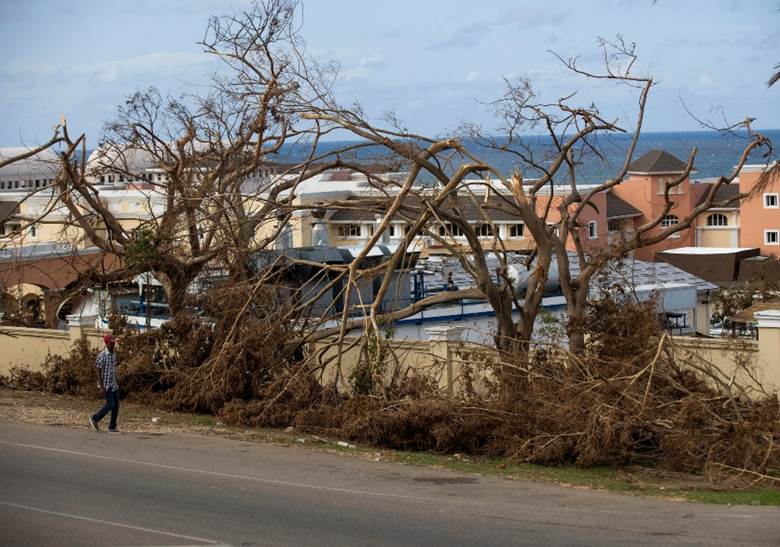
An Industry Tested by Loss, and a Community Determined to Reopen
The numbers are harsh. At least 32 dead. Between six and seven billion dollars in damage. Behind those statistics lies an economy where every occupied room sustains a household. Tourism is Jamaica’s lifeline for foreign exchange and thousands of paychecks. The paradox of disaster in a resort city is that the faster the place looks like a postcard again, the sooner survival trickles down to those who serve breakfast, clean rooms, or drive shuttles.
That urgency fuels the nonstop work. Bartlett’s December 15 deadline may be aspirational, but it gives people something to chase. “We need that date, even if we miss it,” said a hotel electrician to EFE as he tightened bolts on a new transformer. “It keeps us moving.”
In Ocho Ríos, the return of cruise ships will be a choreography test: lights on, debris hidden, smiles ready. In Montego Bay, it’s a marathon against exhaustion. Families salvage furniture from the wreckage. Restaurant owners patch roofs and calculate how long their employees can wait. Electricians and plumbers, now the island’s most in-demand workers, leap from one emergency to another. Every repaired line brings a block back to life.
The trucks keep rolling because they have to. The smell of salt and diesel mixes with sawdust. Even in silence, you can sense the countdown. Travelers will come; they always do. The question is how many rooms, runways, and restaurants will be ready at once.
If Montego Bay knows anything, it’s resilience. The city has rebuilt before, after storms, recessions, and shocks that seemed terminal. Melissa’s fury has turned the clock back, but not the instinct to rise. The work is loud, gritty, and without sentiment, measured in circuits restored, roofs sealed, keys handed back across polished desks.
Peak season looms. Until then, the city moves to its own rhythm, one truck, one nail, one lightbulb at a time, proving that even in the eye of crisis, Jamaica’s drive to welcome the world never really stops.
Also Read: The Fight Over Water, Power, and the Future of AI In Chile’s Data Desert


